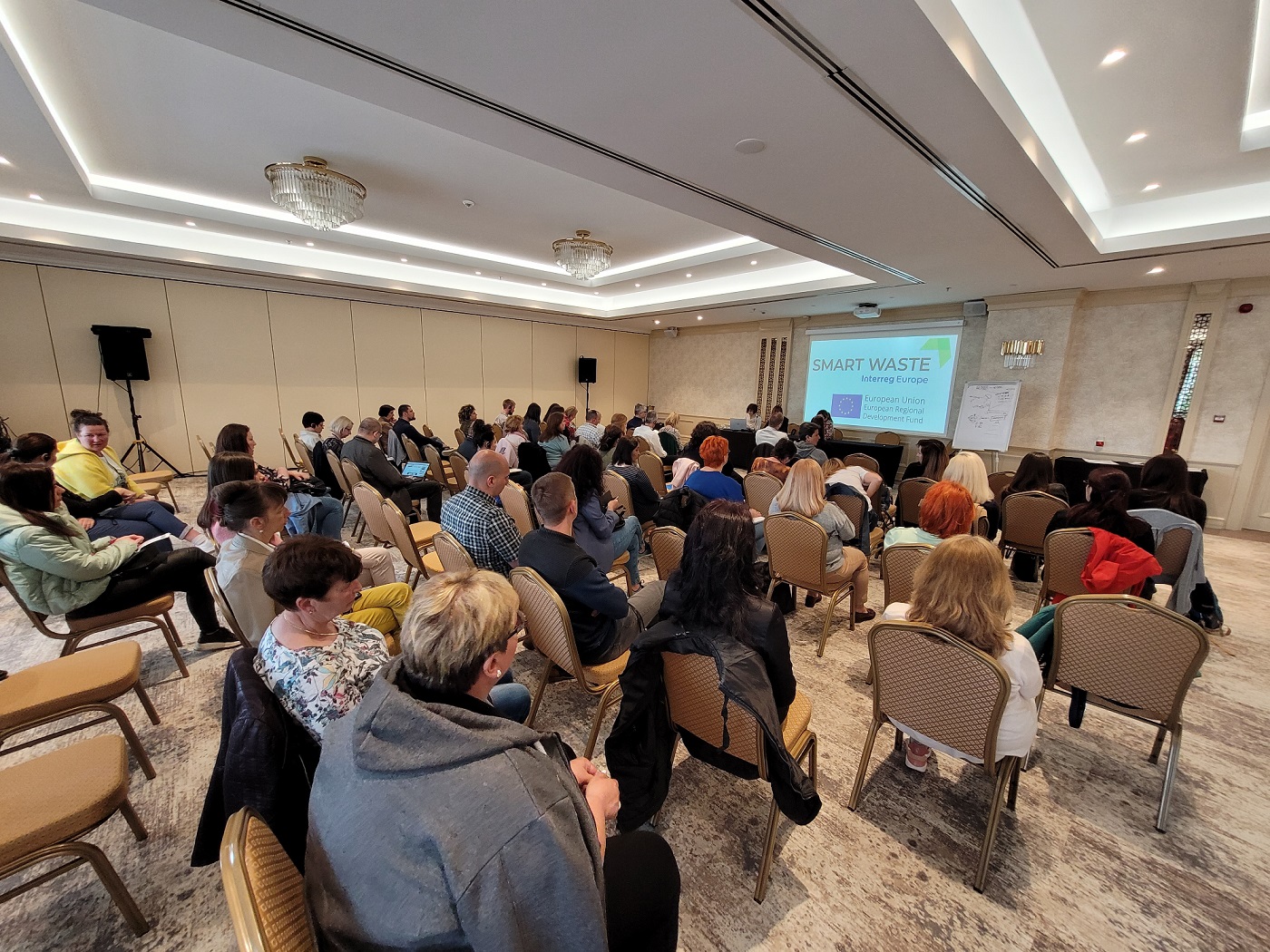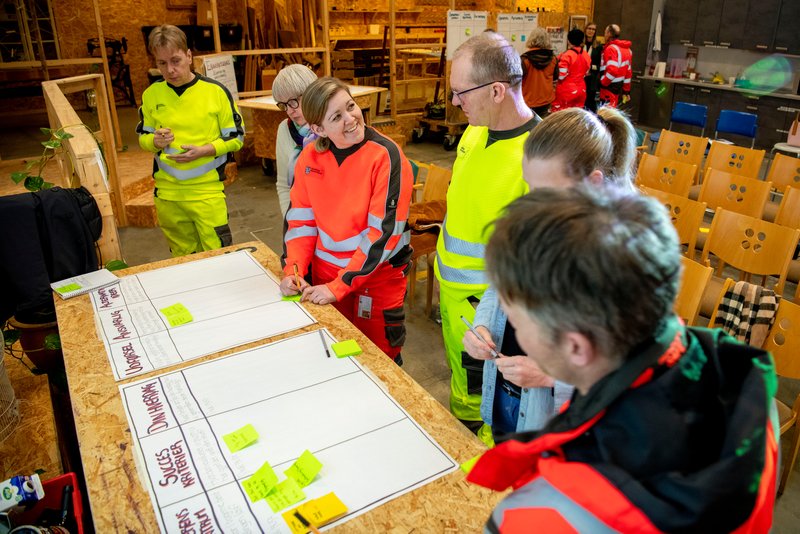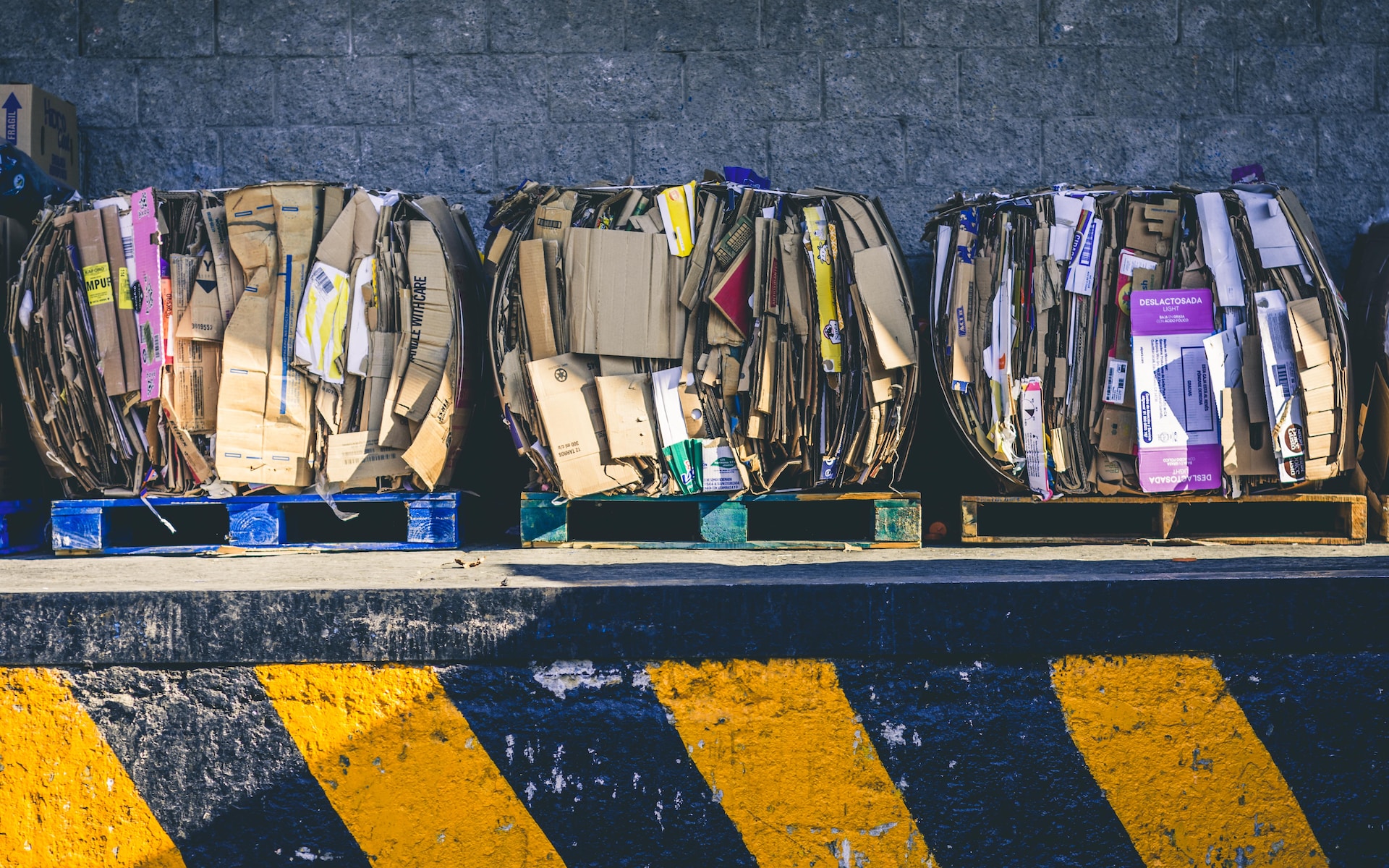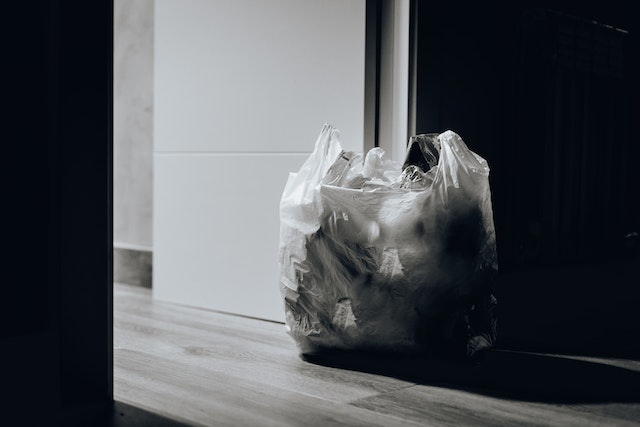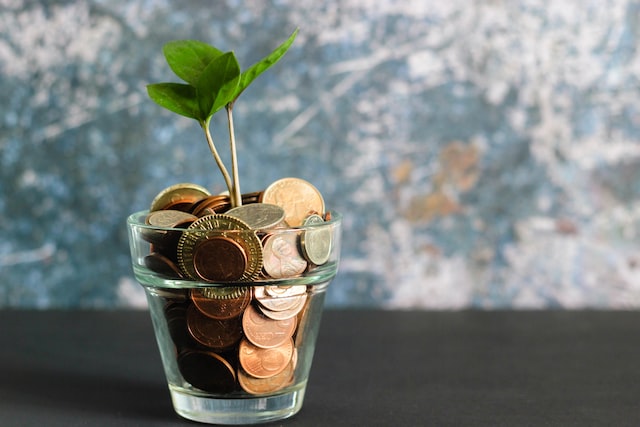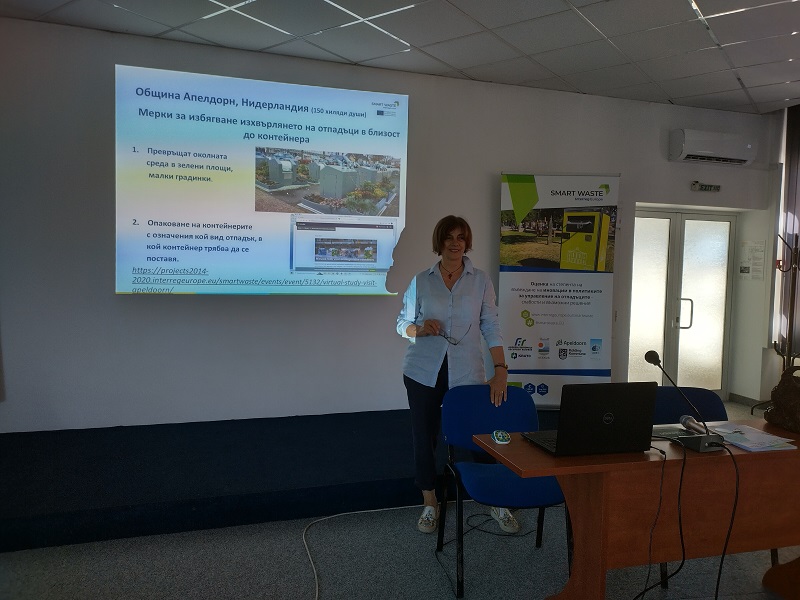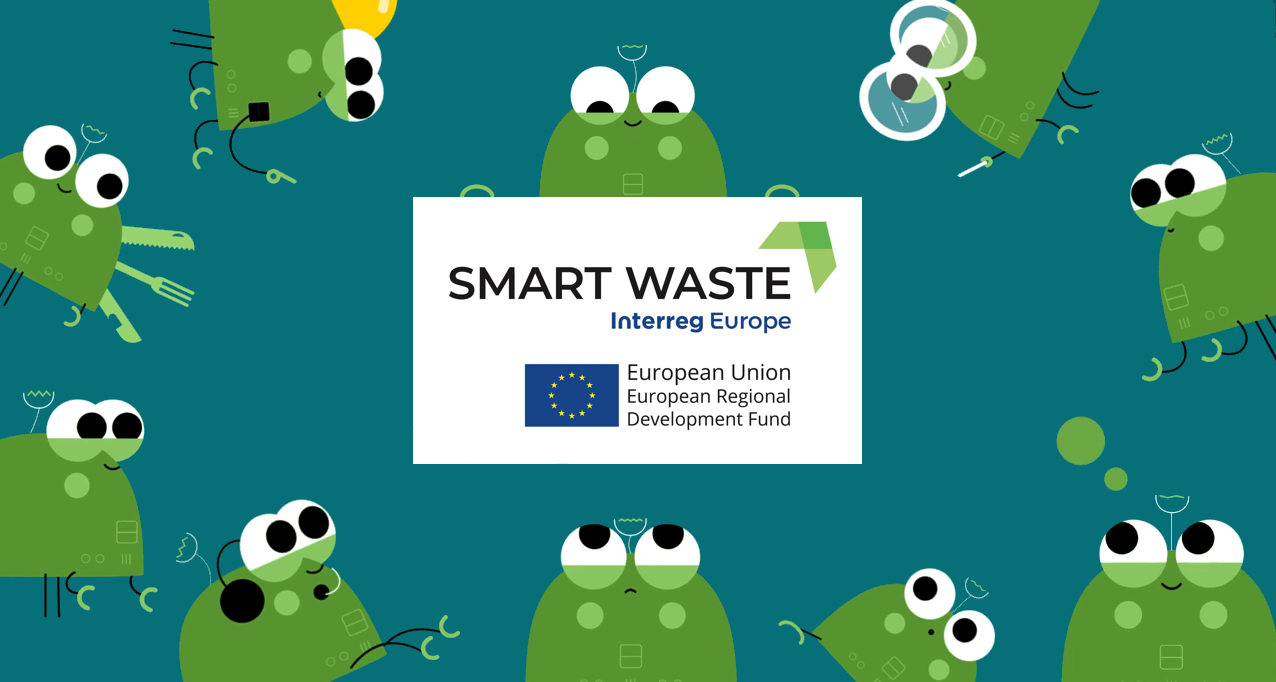Since last month – more exactly 01 June – the EU is financing part of its budget thanks to non-recycled plastic packaging waste. What exactly does that mean? How does it work?
The Own Resources Decision, defining how to finance the EU budget
On 14 December 2020 the Council adopted a set of decisions on legislative acts forming part of the package and laying down the EU budgetary framework for the coming years. The set of adopted decisions included the Own Resources Decision, which, among others, simplifies the calculation of the EU own resource based on value added tax.
Another important part of the Own Resources Decision is the introduction of a new EU own resource from 1 January 2021: a contribution from Member States based on non-recycled plastic packaging waste, informally called EU plastic tax.
Indeed, Article 2 of the Decision states “the application of a uniform call rate to the weight of plastic packaging waste generated in each Member State that is not recycled” among categories of own resources to generate revenue. As envisaged by the Decision, the uniform call rate shall be EUR 0,80 per kilogram. By 31 May 2021, all Member States had notified the Council of their ratification of the Decision so it entered into force on 1 June 2021 enabling the Commission to start the borrowing operations for the Next Generation EU (NGEU) recovery instrument. The new own resources system retroactively applies from 1 January 2021.
How to calculate each Member State’s contribution?
To establish the calculation method and administrative provisions necessary for the so-called EU plastic tax to be applied, the EU works on a regulation. On 30 April 2021, the EU Council adopts the Regulation 2021/770 which details the calculation of the own resource based on plastic packaging waste that is not recycled, specifies the methods and procedure for making available that own resource, the measures to meet cash requirements, and certain aspects of the own resource based on gross national income.
Article 5 of the Regulation provides the envisaged dynamic of accounts for the own resource based on non-recycled plastic packaging waste. In short, by 15 April of each year, each Member State must send to the Commission forecasts of the weight of plastic packaging waste that is not recycled for the current and the following year. By 31 July of each year, each Member State must send to the Commission an annual statement for the year two years before the current year (‘n-2’) providing statistical data on the weight of plastic packaging waste generated in the Member State and on the weight of that plastic packaging waste that was recycled and an annual statement for the year n-2 providing the calculation of the amount of the own resource based on non-recycled plastic packaging waste.
Non-recycled amounts of plastic packaging waste shall be calculated as set out in the Decision i.e. by applying the uniform call rate of EUR 0,80 per kilogram, whereas some annual lump sum reductions shall be applied to some Member States as defined in the Decision. weight of plastic packaging waste that is not recycled shall be calculated as the difference between the weight of the plastic packaging waste generated in a Member State in a given year and the weight of the plastic packaging waste recycled in that year that is determined pursuant to Directive 94/62/EC.
Furthermore, the Commission will establish a formal expert group composed of representatives of all Member States and chaired by a representative of the Commission. The expert group will advise the Commission on the comparability, reliability and exhaustiveness of the statistics on plastic packaging waste generated and recycled, as provided by Member States.
Partners of the Interreg Europe SMART WASTE project expect to have considerable benefits from this important, additional driving force to support plastic waste prevention and recycling within their territories.


